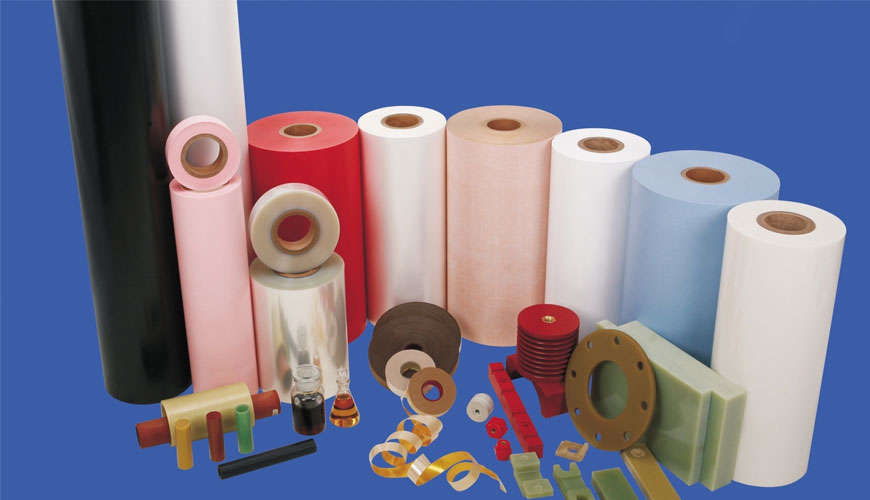

The ASTM D495 standard, published by the American Society for Testing and Materials (ASTM), preliminarily opposes the action of a high-voltage, low-current arc near the insulating surface of similar materials when a conductive path is formed causing the material to become conductive, localized thermal and chemical weathering and erosion. due to variation in resistance.

The usefulness of this test method is severely limited by many limitations and attributes, some of which are described in the following paragraphs and in Chapter 5. In general, this test method can also be used for material properties that do not matter. Where possible, alternative testing methods will be used and their development encouraged.
This test method generally does not allow conclusions to be drawn regarding the relative arc resistance rankings of materials potentially exposed to other types of arcing: for example, high voltage at high currents and low voltage at low or high currents (promoted by surges or conductive contaminants).
Due to its suitability and short time required for testing, the test method is designed for preliminary screening of material, to detect the effects of changes in formulation, and for quality control testing after correlation with other types of simulated services. arc tests and field experience. Because this test method is usually performed under clean and dry laboratory conditions, which are rarely encountered in practice, it is possible for the estimate of a material's relative performance to vary considerably in typical applications and environments ranging from "clean to dirty". Caution is advised against drawing strong conclusions without verifying the support of simulated service tests and field tests.
This test method is not applicable to materials that do not form conductive paths under the influence of an electric arc, or that melt or form liquid residues that push conductive residues out of the active test area, thereby preventing the formation of a conductive path.
Values stated in inch-pound units should be considered standard. Values in parentheses are mathematical conversions to non-standard SI units, provided for informational purposes only.
Our organization also provides testing services within the scope of the ASTM D495 test standard for high voltage, low current, dry arc resistance of solid electrical insulation, within the framework of laboratory testing services.
To get an appointment, to get more detailed information or to request an evaluation, you can ask us to fill in our form and reach you.